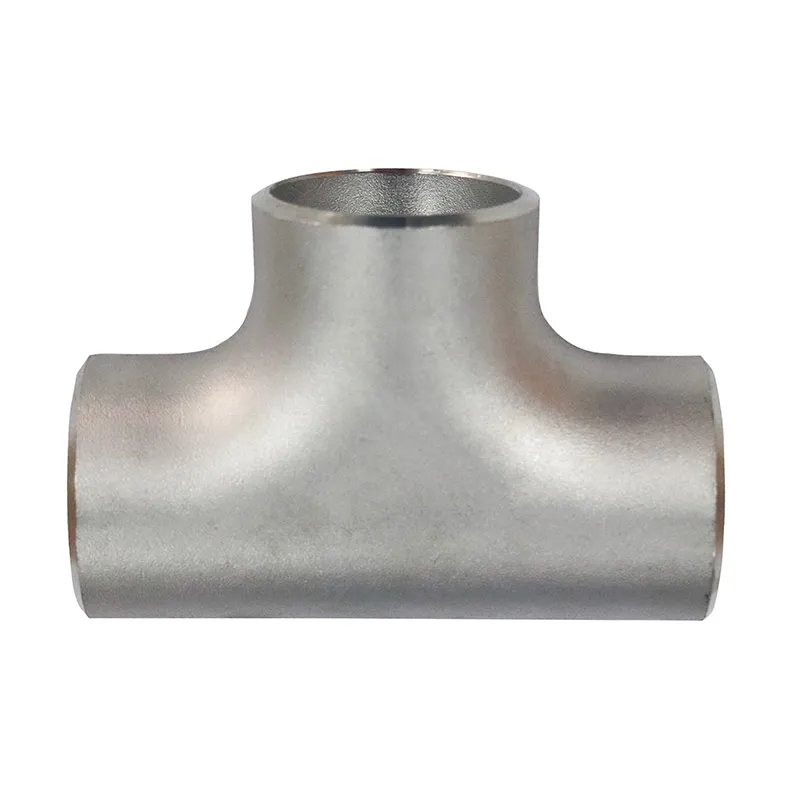-
Cangzhou Yulong Steel Co., Ltd.
-
Phone:
+86 13303177267 -
Email:
admin@ylsteelfittings.com
- English
- Arabic
- Italian
- Spanish
- Portuguese
- German
- kazakh
- Persian
- Greek
- French
- Russian
- Polish
- Thai
- Indonesian
- Vietnamese
- Zulu
- Korean
- Uzbek
- Hindi
- Serbian
- Malay
- Ukrainian
- Gujarati
- Haitian Creole
- hausa
- hawaiian
- Hebrew
- Miao
- Hungarian
- Icelandic
- igbo
- irish
- Japanese
- Javanese
- Kannada
- Khmer
- Rwandese
- Afrikaans
- Albanian
- Amharic
- Armenian
- Azerbaijani
- Basque
- Belarusian
- Bengali
- Bosnian
- Bulgarian
- Catalan
- Cebuano
- China
- China (Taiwan)
- Corsican
- Croatian
- Czech
- Danish
- Esperanto
- Estonian
- Finnish
- Frisian
- Galician
- Georgian
- Kurdish
- Kyrgyz
- Lao
- Latin
- Latvian
- Lithuanian
- Luxembourgish
- Macedonian
- Malgashi
- Malayalam
- Maltese
- Maori
- Marathi
- Mongolian
- Myanmar
- Nepali
- Norwegian
- Norwegian
- Occitan
- Pashto
- Dutch
- Punjabi
- Romanian
- Samoan
- Scottish Gaelic
- Sesotho
- Shona
- Sindhi
- Sinhala
- Slovak
- Slovenian
- Somali
- Sundanese
- Swahili
- Swedish
- Tagalog
- Tajik
- Tamil
- Tatar
- Telugu
- Turkish
- Turkmen
- Urdu
- Uighur
- Welsh
- Bantu
- Yiddish
- Yoruba

Aug . 15, 2024 01:43 Back to list
Optimizing Edge Trim Techniques for Enhanced Durability in Sheet Metal Fabrication Processes
Edge Trim for Sheet Metal An Essential Component in Metal Fabrication
Edge trim is a vital aspect of sheet metal fabrication that refers to the finishing and treatment of edges on metal parts. This process not only enhances the aesthetic appeal of the final product but also plays a crucial role in improving its durability and functionality. In this article, we will explore the significance of edge trim, the various methods employed, and the advantages it offers in the realm of sheet metal applications.
Importance of Edge Trim
The edges of sheet metal components can often be sharp and potentially hazardous. Edge trim aims to smooth these edges, making them safer to handle and reducing the risk of injury during manipulation or installation. Furthermore, properly trimmed edges can facilitate better fit and alignment during assembly, ensuring that all components function together seamlessly.
Beyond safety and functionality, edge trimming also enhances the aesthetics of the metal product. In many industrial applications, the visual appeal can be just as important as the structural integrity, particularly in consumer-facing industries such as automotive and appliances. A well-finished edge can elevate the overall look of a product, making it more attractive to customers and users alike.
Methods of Edge Trimming
There are several methods utilized for edge trimming in sheet metal fabrication, each suitable for different types of materials and applications.
1. Mechanical Trimming This is one of the most common methods, involving physical tools like grinders, saws, or shears to smooth or cut the edges. Mechanical trimming is typically fast and efficient, making it ideal for high-volume production runs.
edge trim for sheet metal

2. Laser Cutting Laser cutting technology has gained popularity for its precision. It utilizes a focused beam of light to cut or trim edges, allowing for intricate designs and clean finishes. This method is particularly advantageous for complex shapes and tight tolerances.
3. Deburring Often used in combination with other trimming methods, deburring removes any sharp edges or burrs left over after cutting or shaping. This can be done manually or with automated machines, ensuring a smooth finish that meets safety standards.
4. Plasma Cutting This technique employs a high-velocity jet of ionized gas to cut through metal. Plasma cutting is known for its speed and versatility, making it suitable for a range of materials and thicknesses, and is effective in edge trimming heavier gauge metals.
5. Roll Forming In some cases, edge trimming is done during the roll forming process, where sheets are passed through a series of rollers to achieve desired shapes while simultaneously trimming edges. This continuous process is efficient and well-suited for high-volume production.
Advantages of Edge Trim
The benefits of implementing edge trim in sheet metal fabrication are manifold. First and foremost, it enhances safety by removing sharp edges and burrs, thereby protecting workers and users. Secondly, it improves the structural integrity of the components, as well-finished edges are less likely to chip or crack under stress.
Additionally, edge trimming can lead to better product performance. By ensuring that edges are smooth and properly aligned, manufacturers can reduce wear and tear on components over time, resulting in longer-lasting products. Moreover, aesthetic improvements can lead to better marketability, as consumers tend to favor products that are visually appealing and well-crafted.
In conclusion, edge trim is an essential process in sheet metal fabrication that contributes to safety, aesthetics, and functionality. The various trimming methods available offer flexibility to manufacturers, allowing them to choose the most suitable technique for their specific needs. As industries continue to evolve, the importance of edge trim will remain a key consideration in the production of high-quality metal components.
Latest news
-
ANSI 150P SS304 SO FLANGE
NewsFeb.14,2025
-
ASTM A333GR6 STEEL PIPE
NewsJan.20,2025
-
ANSI B16.5 WELDING NECK FLANGE
NewsJan.15,2026
-
ANSI B16.5 SLIP-ON FLANGE
NewsApr.19,2024
-
SABS 1123 FLANGE
NewsJan.15,2025
-
DIN86044 PLATE FLANGE
NewsApr.19,2024
-
DIN2527 BLIND FLANGE
NewsApr.12,2024
-
JIS B2311 Butt-Welding Fittings LR/SR 45°/90° /180°Seamless/Weld
NewsApr.23,2024











